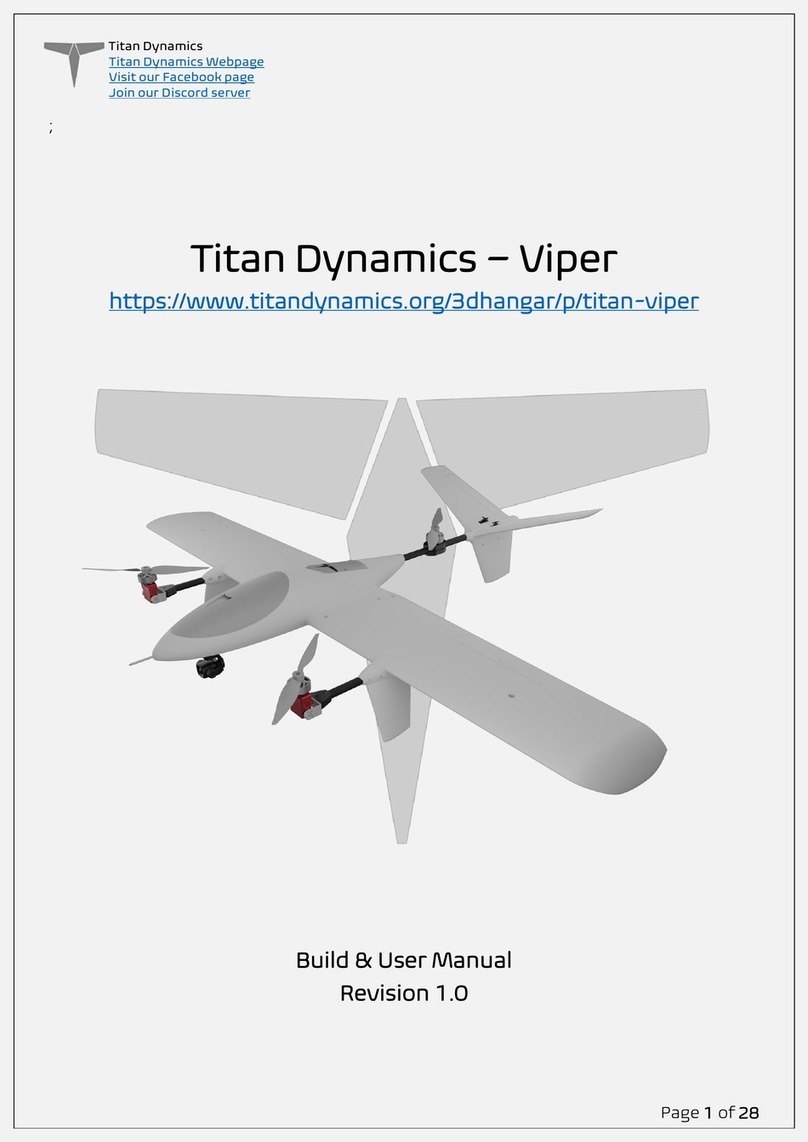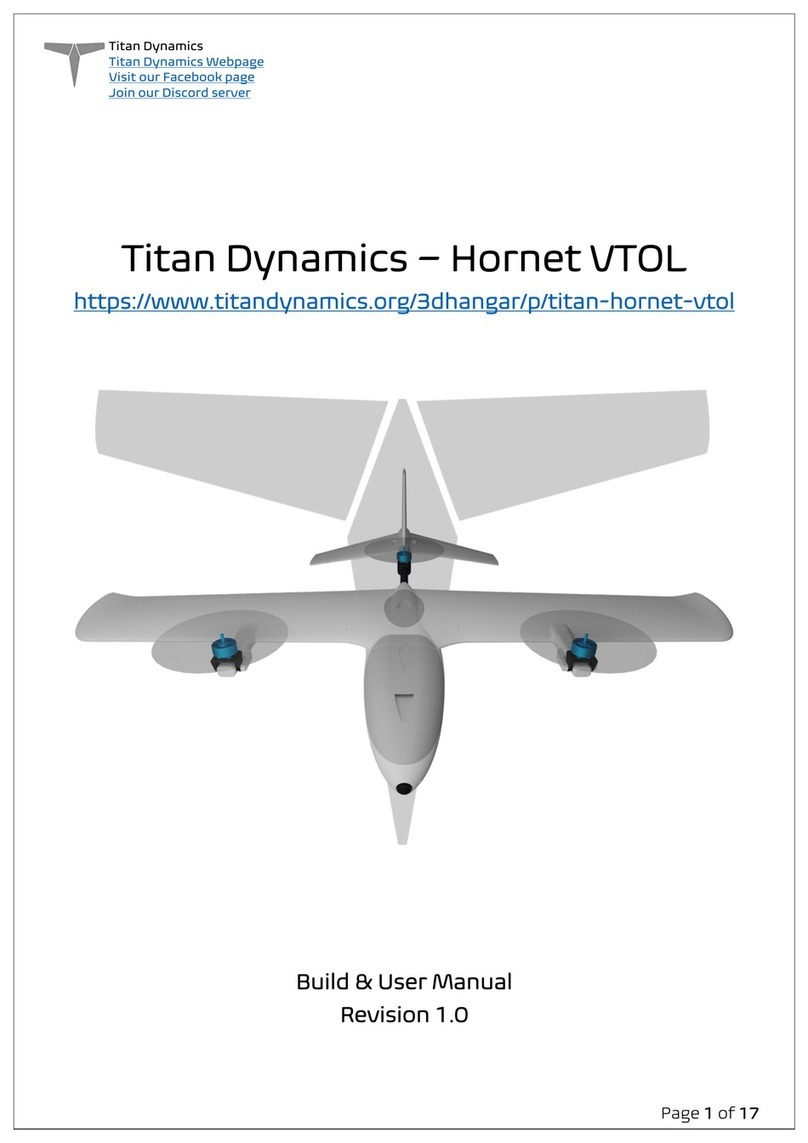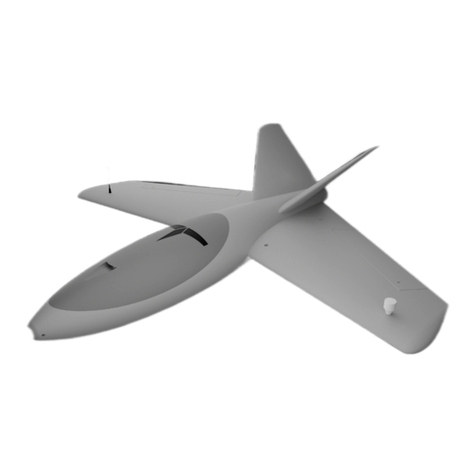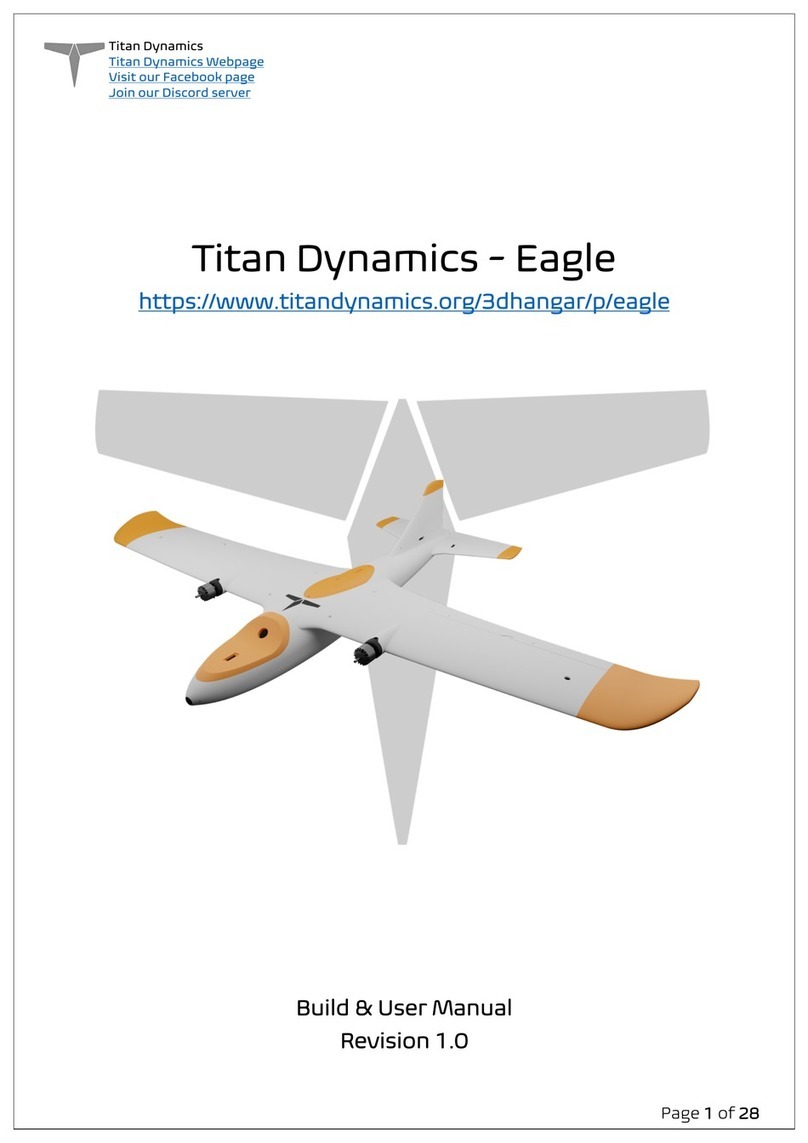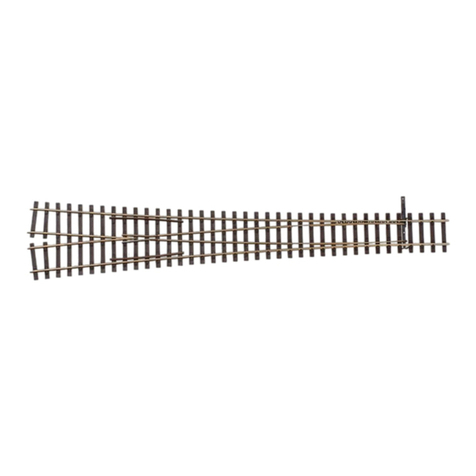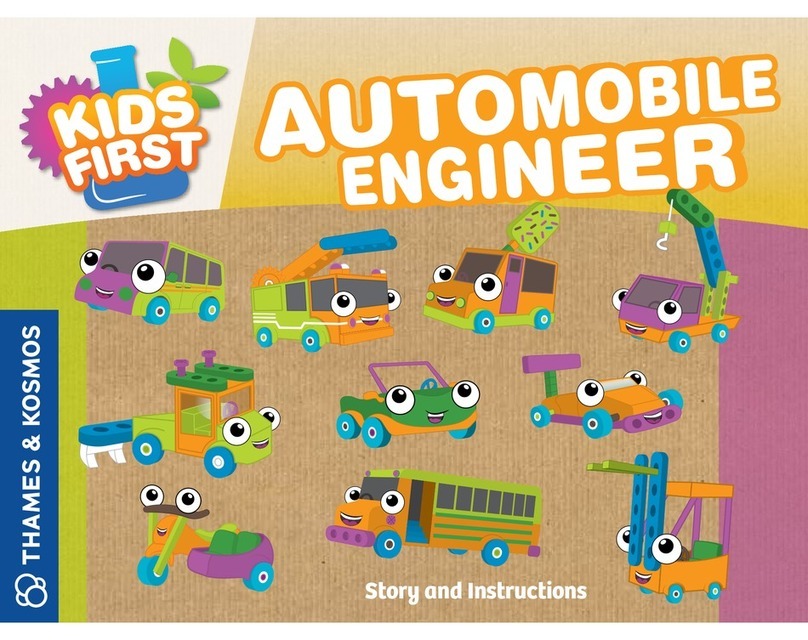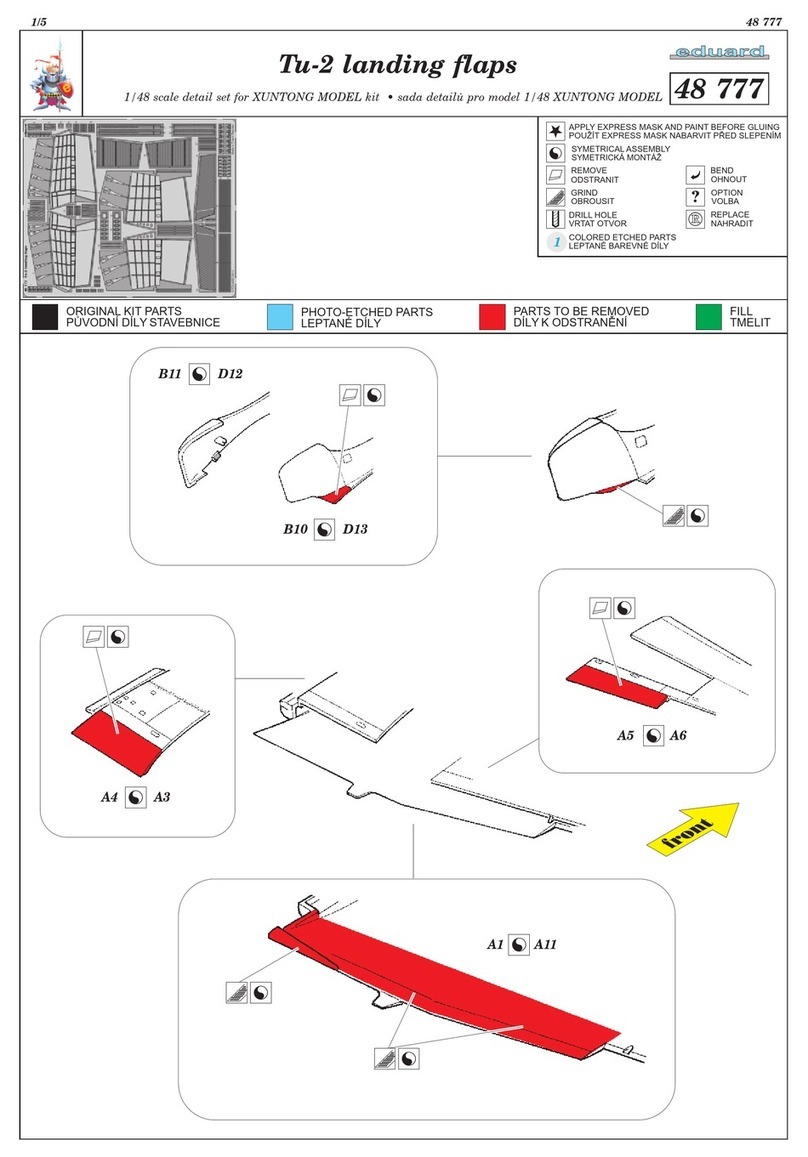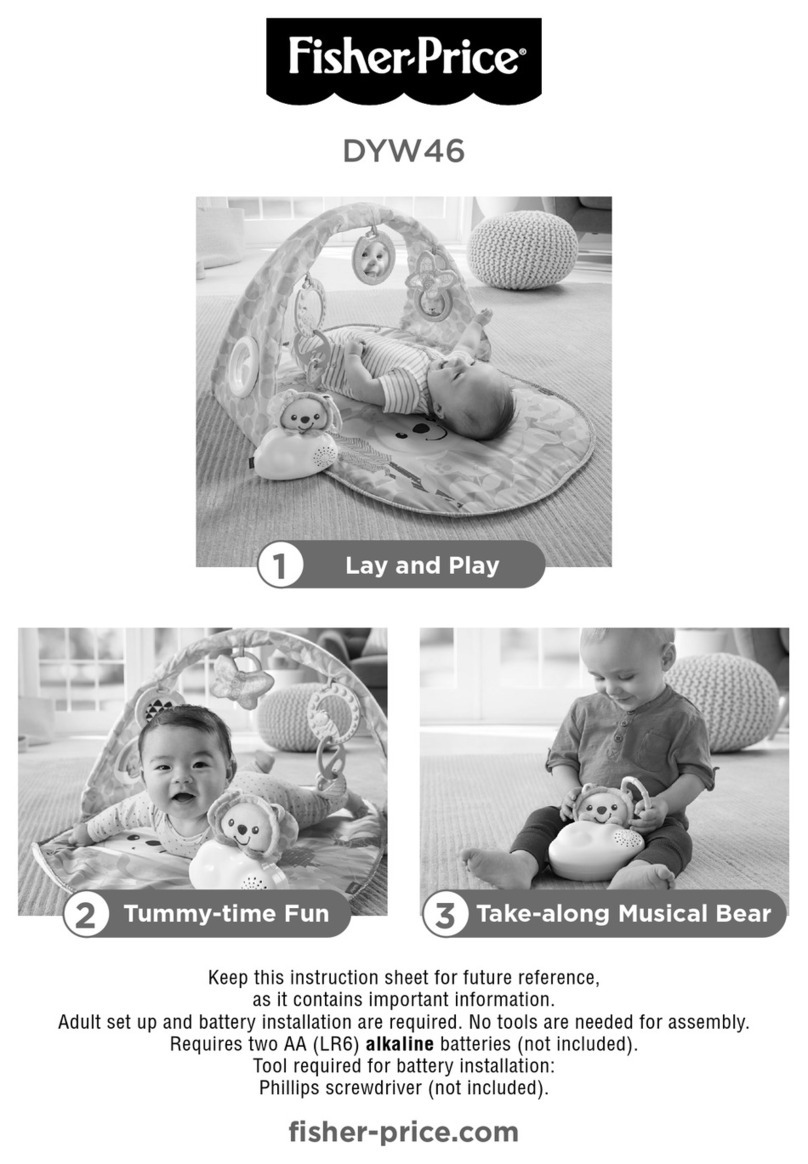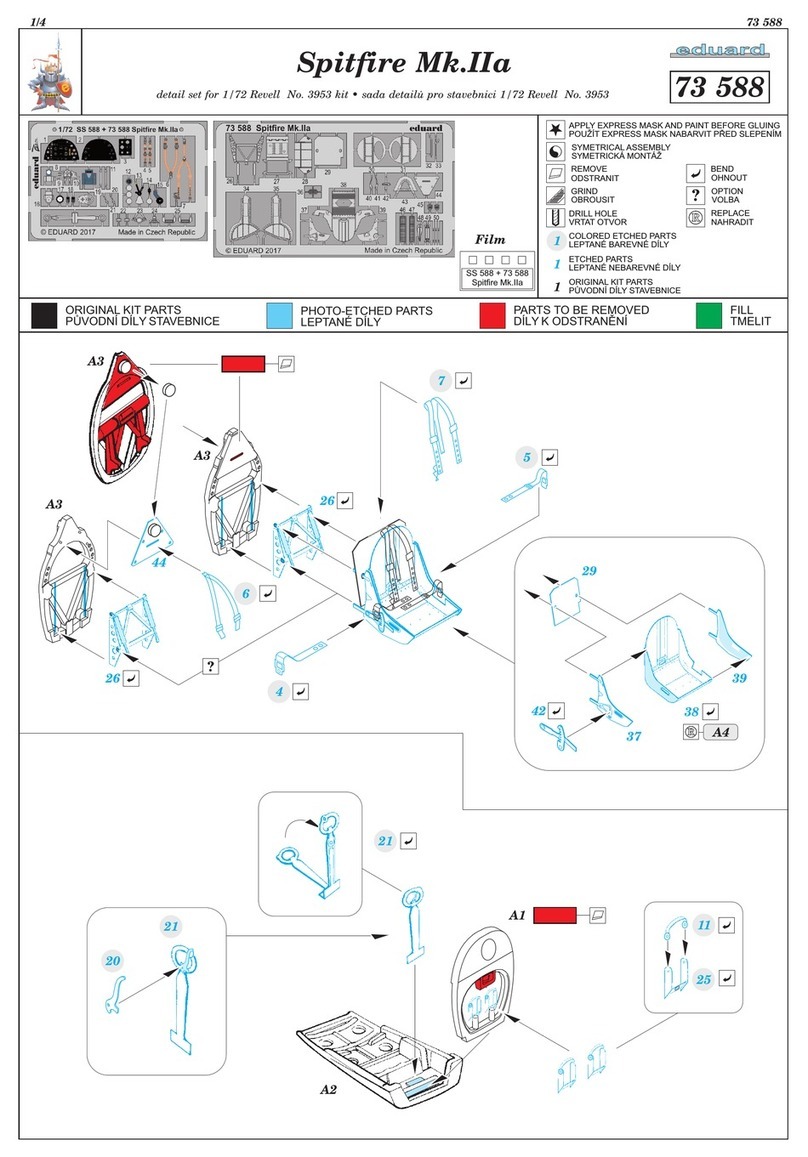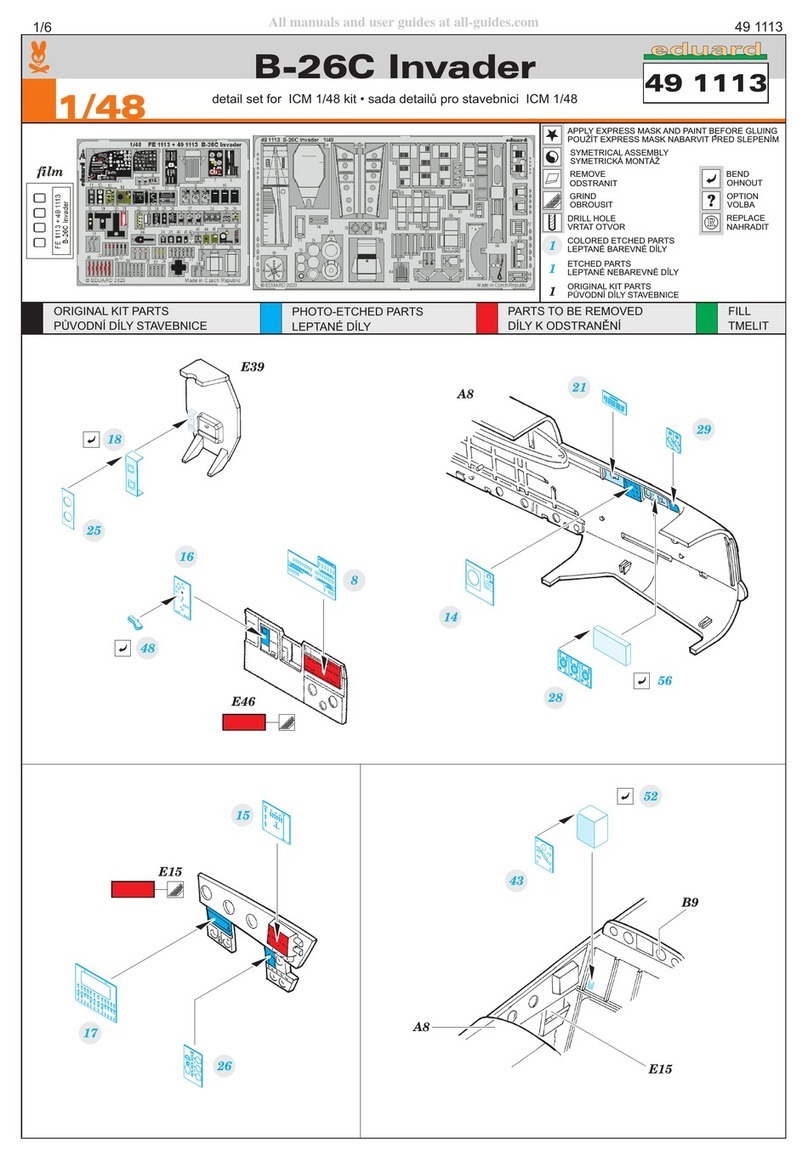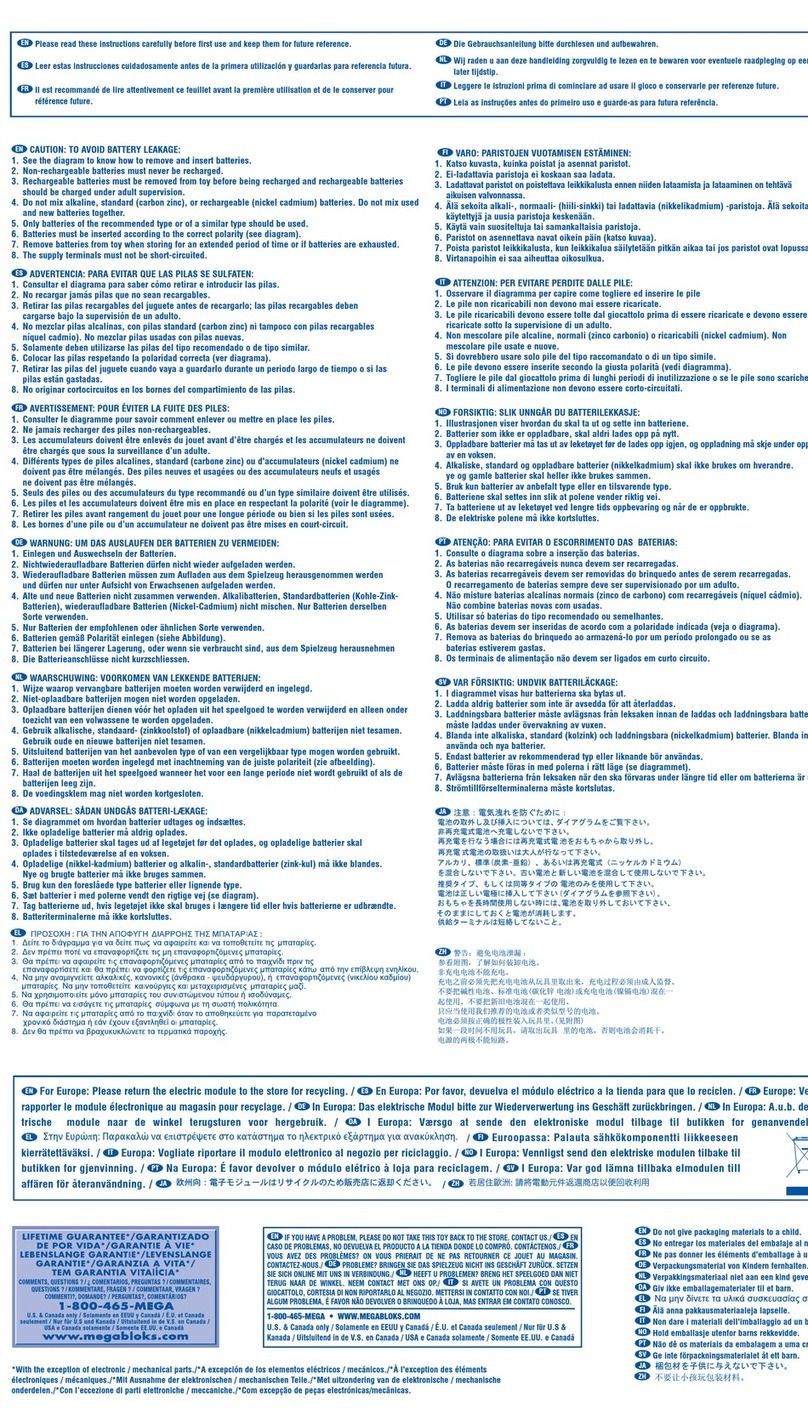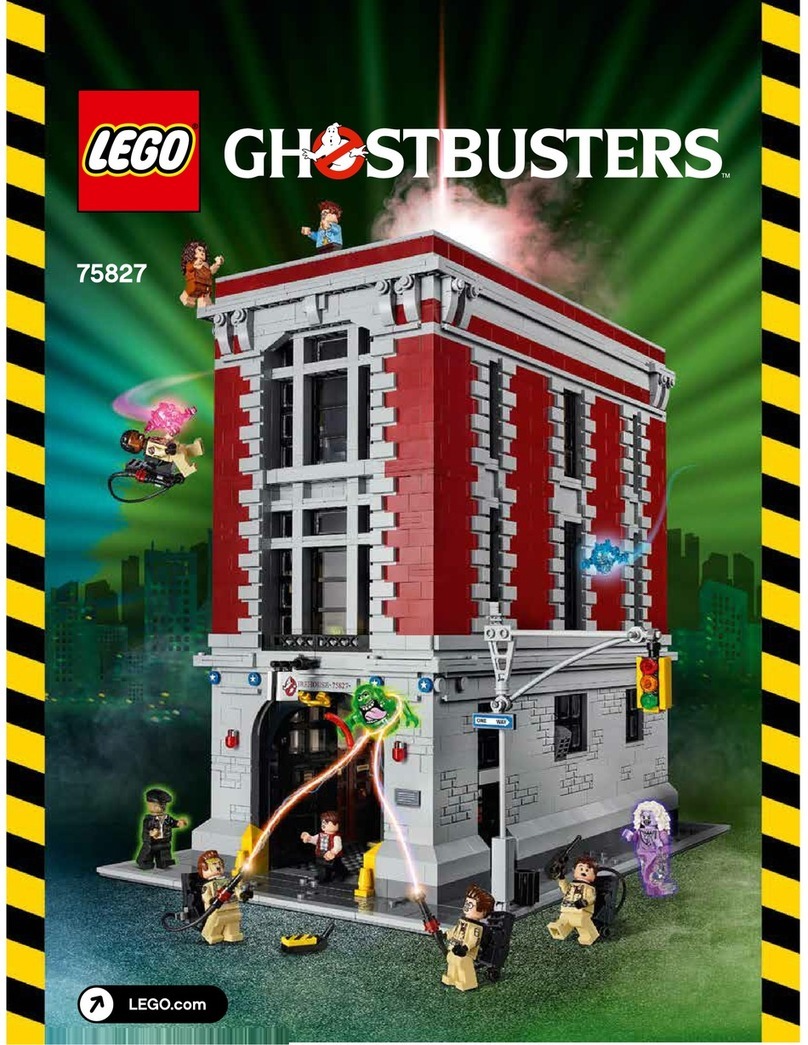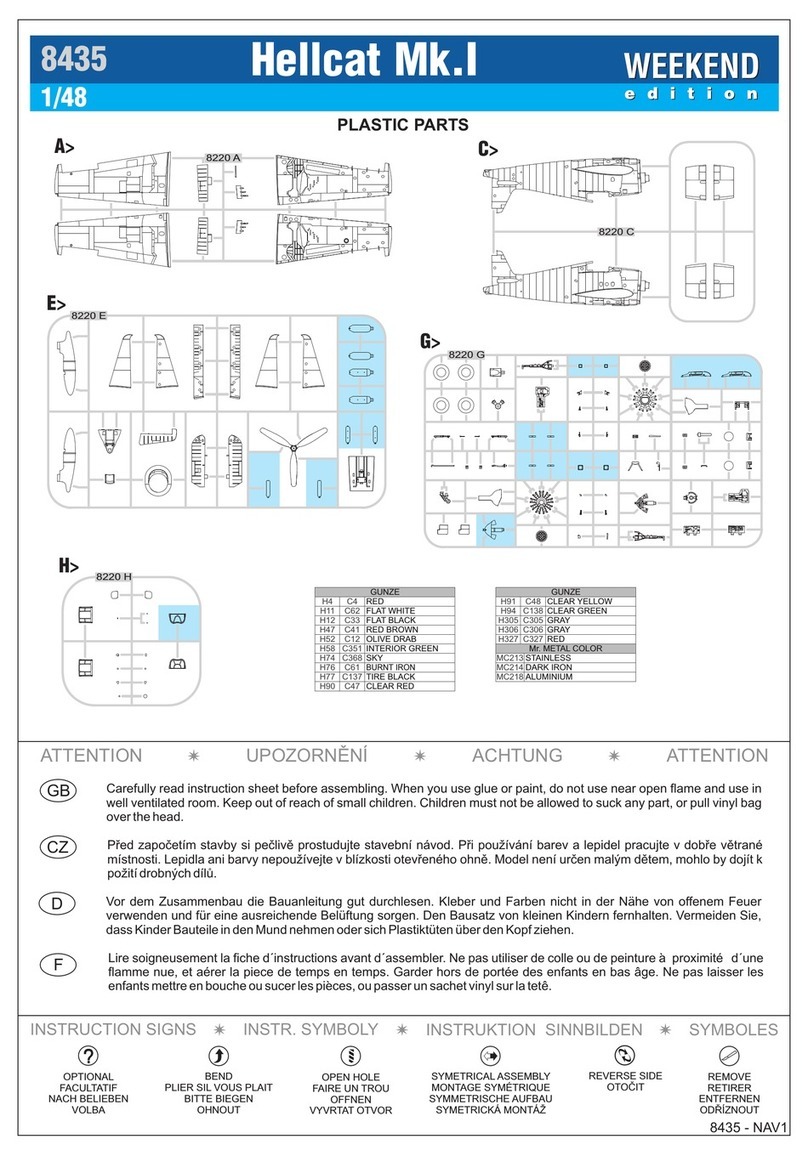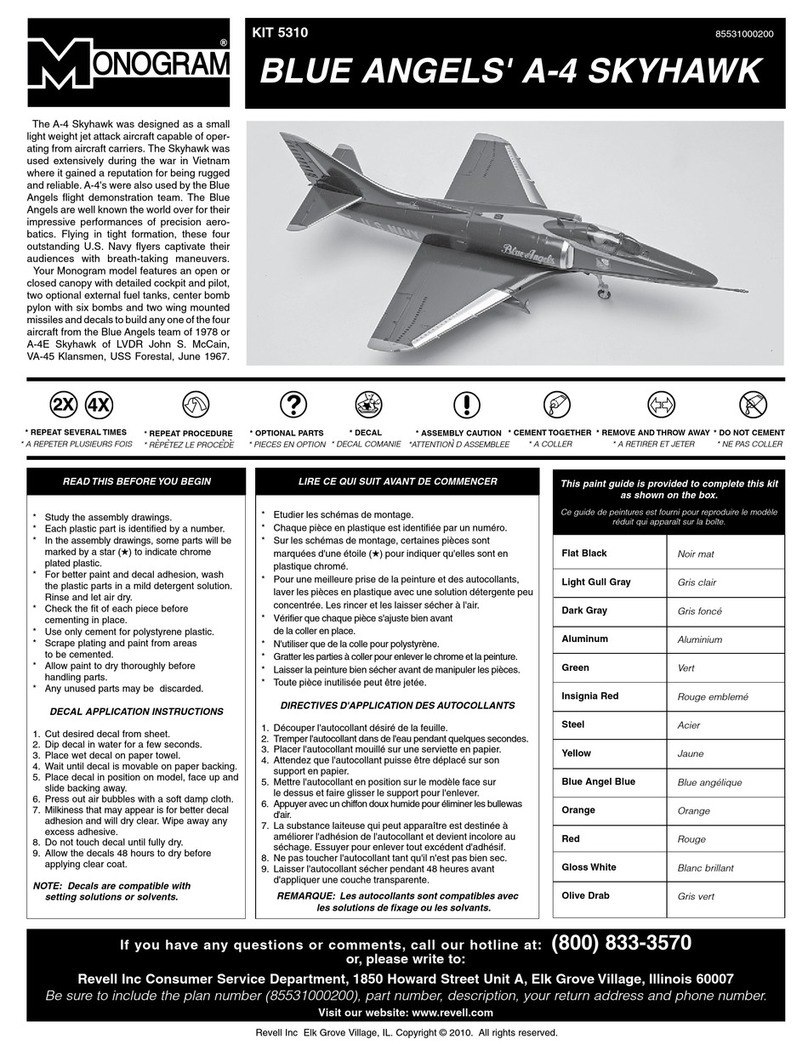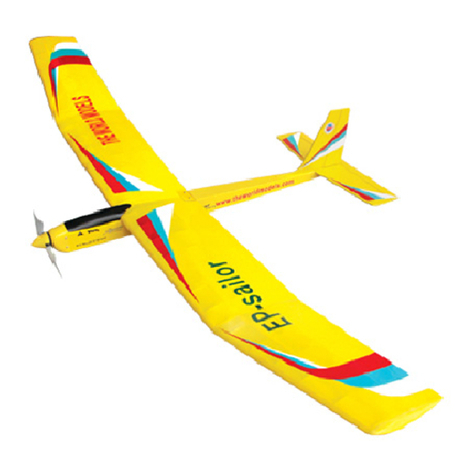
Titan Dynamics
Titan Dynamics Webpage
Visit our Facebook page
Join our Discord server
Page
3
of
30
Section 1: Model Information
The Titan Falcon V2 is our new flagship UAV – designed to be a ruthlessly effective
workhorse sculpted from hundreds of iterations in CFD. It was designed from the ground
up to be modular, easily repairable, and highly adaptive to your needs. Featuring a
swappable nose, tail and payload bay, Falcon V2 is ready for any application. A multitude
of canopy and camera/antenna mounting options open any and all possibilities. Long
range is in our DNA, and it was directly infused into every design decision during the
development of the Falcon V2. A strong focus was placed on structural integrity, evident
in its spar layout as well as clever tricks built into the STLs to increase strength where
most desired. Prior to release the airframe has been flown over 1000km in total, and it
currently holds the record for longest distance covered in flight for 3D printed aircraft:
300.4km with a flight time of 5 hours and 7.5 minutes – and there’s more left to squeeze
if you dare!
Some of the improvements over V1:
• Built-in support for the flap/aileron to prevent sag in the middle of the hinge
• Minimized ventilation drag with no NACA ducts exposed to frontal area
• Removable / swappable nose
• Removable / swappable tail
• Removable / swappable payload bay
• Optional shelf to mount FC above payload bay
• Optional mountable vertical stabilizer (ex: for a camera on the tail)
• Greatly improved structural rigidity (especially with a full-length spar in each wing)
• Reduced trim drag with the use of a cambered airfoil on the horizontal stabilizer
• Increased aspect ratio on the wing
• Increased Oswald span efficiency with new wing planform / twist / morphing airfoil
• Increased options for FC/Avionics hardware mounting points
• Increased antenna separation on the wings, as well as added antenna mounting
points
• Support for many popular camera systems, both analog and digital
• Support for SIYI A8 with minimized drag mounting solution
• Full clean sheet design with improved aesthetics and curvatures
• Clever aero trickery to make stall characteristics virtually unnoticeable
• New motor mounts with additional reinforcements to combat prop strikes on
landing
• Printable hard-mounting options for FC / Avionics / ESCs
• Multiple airspeed sensor mounting options
• Increased tail length for added pitch stability and authority (especially at low
airspeed under full flaps)
• Larger outer wing bays with 6 points of fixture instead of 4




















